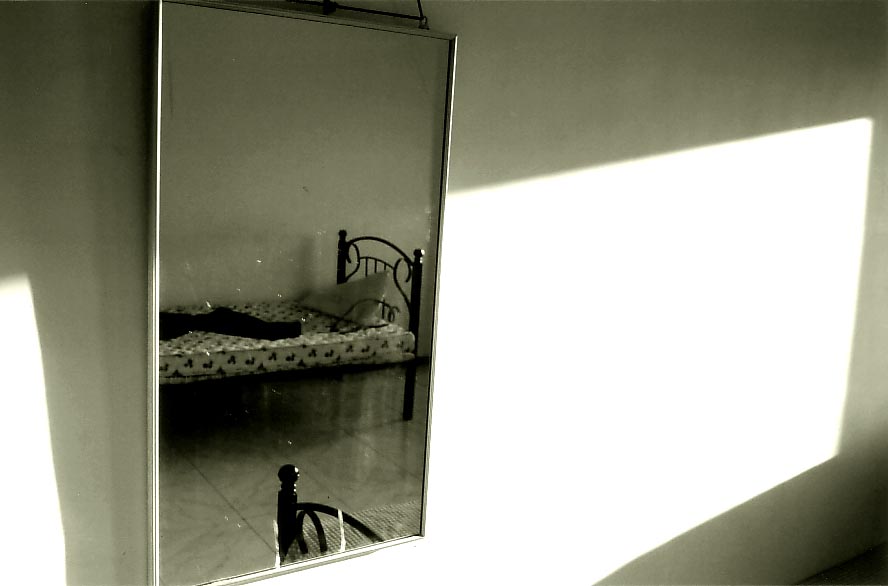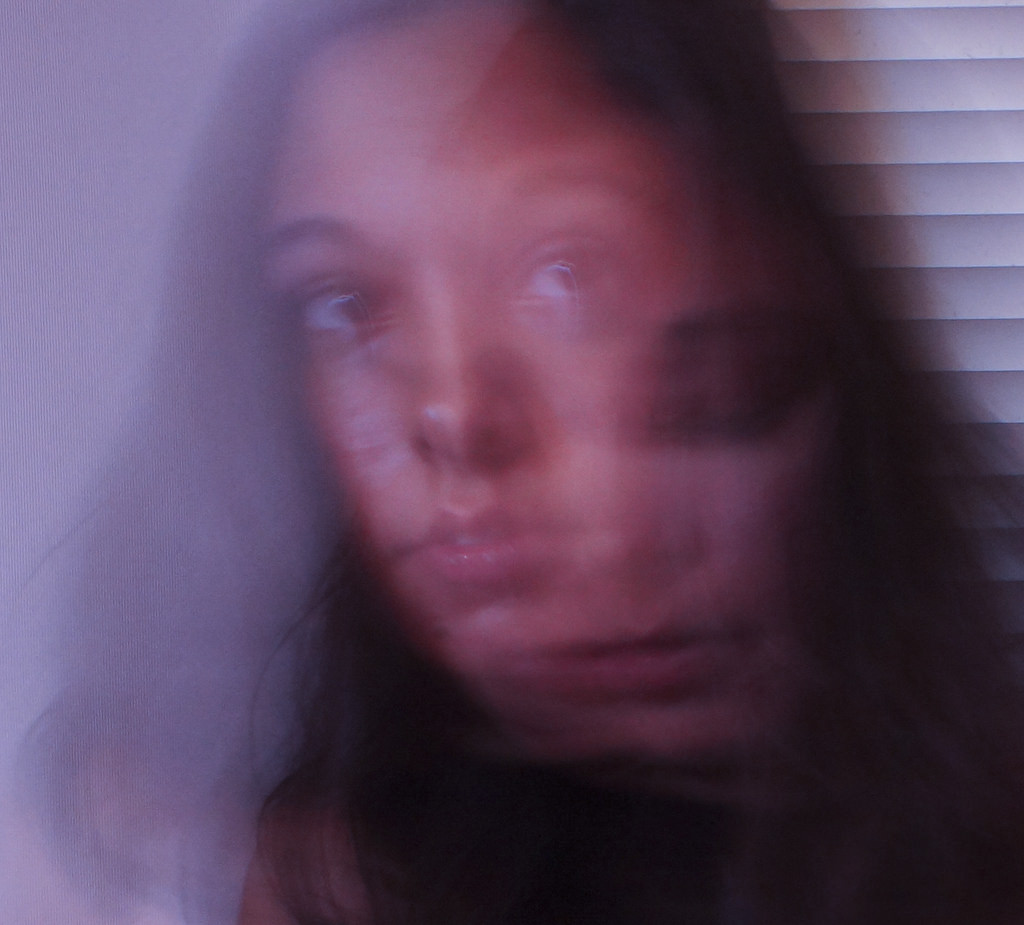What do I want my work to do?
I’ve decided to focus on my pillow as my object of choice. This is a material item that I spend the most time with every day. For almost 8 hours of my day, it is probably one of the only external things that remain close to me for a long period of time. Given the relational proximity this pillow has to my body, I thought it would be interesting to explore how the pillow feels my body and interprets my sleep. Sleeping is the point which activates my pillow into a working object. Until I lay on my bed, it remains docile for the whole day. It seems easy to think about how this pillow exists during the night time, something that I want to explore through the piece as well, but, how does this pillow exist without me? Obviously, the value that I associate with it comes only from when I am present with it. When I remove my body from the situation, does it still exist in the same way that it does during the night? How does the pillow respond to the world when I am not there, does it still function as a pillow, or does it become an anchor for something more profound? Perhaps my body is a disruption to the peace that resides in the pillow during the day. Does the pillow view itself as a tool for myself, at night time does it see my body as a sign that work has begun? Or, does the pillow simply register my touch, another form of stimulation that exists throughout the day. Perhaps my pillow simply doesn’t sleep, it is awake, present to every moment. It could be that the value of the pillow comes not from the work we prescribe to it, but its ability to remain present throughout the day. Is this a presentness that all materials have? What framework does my body exist within, in relation to the pillow?
This is the main overview of my first piece, which will inevitably expand as it takes shape in film form, however, if I were to narrow this down into a set of concise points of what I want to achieve, it would be this:
- My work will explore the relationship my pillow has with the environment around it in a 24 hour period.
- My work will aesthetically represent what it is like to be a pillow in relation to the world around it.
- This work will explore the relational value my body has to the pillow in an attempt to capture conflicting nature of anthropological assumptions to material things.
- This work will aesthetically represent the conflict that exists between my perception what the pillow functions as.
- This work will draw on other relations that exist around the material nature of the pillow and my body.
How would you know if it has done this?
I think the easiest way to know if I have completed the first round of material is if I give myself a set of criteria to mark myself on.
Criteria for the first project:
- There are at least 4 different relationships explored through the film.
- The film is aesthetical creative in the way it approaches the material.
- Does the material represent a 24 hour day?
- Is there a sense of conflict between the materials?
- Does the audio track enhance the value of the video and provoke thought about other relationships?
- Does the video explore these relationships without always explicitly utilising the pillow all the time?
- Is this video at least 1 minute in length?
- Does the video critically engage my body in the film?
- Is this film list like? (In audio form or video, does this film embody a sense of a list? It would be better if it combined both in list form?
- Does the film offer new opportunities for the camera to record material? Have relationships been explored between the camera and the materiality of the objects on screen?
Where to from here?
I’m not sure if this list will remain the same throughout the project or if I will change it. However, one thing is for certain and that is the amount of work I need to complete by next week. This is an achievable but slightly daunting task as the workload of all these projects gradually approaches as deadlines gain continuous momentum!
I have outlined what I need to do, all I need to do is devote my time to these tasks and complete the project!










